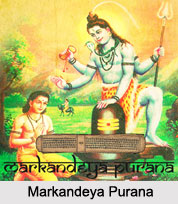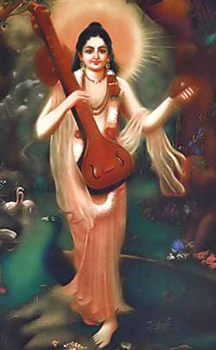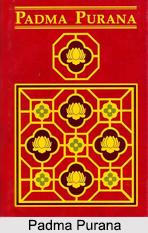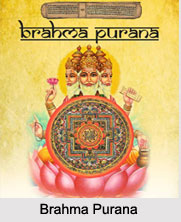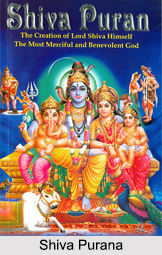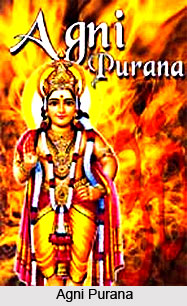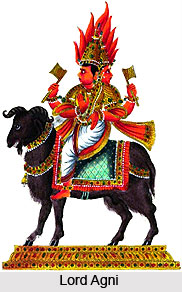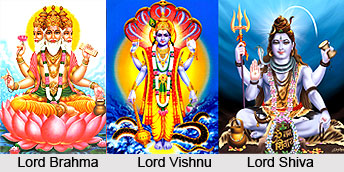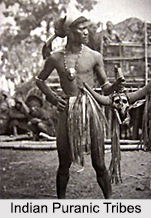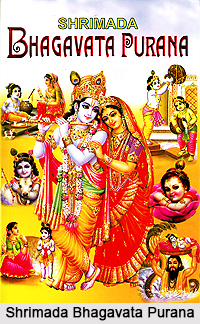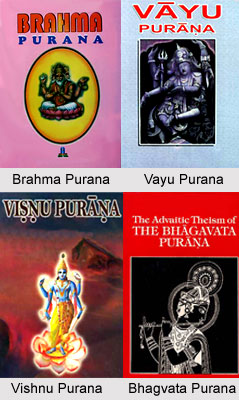In Garuda Purana all the places along river Ganga are considered Tirthas. However the most sacred places are Haridwar, Prayaga and Ganga Sagar. It is believed that a sinner who bathes in Prayaga would be forgiven.
Varanasi is a sacred Tirtha and it is considered that Lord Vishnu and Lord Shiva are present. Kurukshetra is an ideal place for donation. Prabhasa, Dwaraka, Sarasvati and Kedara are other famous tirthas. A place where one meditates on Brahman is a Tirtha. A devotee need not go to a known Tirtha to do this. This can also be done in one`s own home which can become a Tirtha thereafter.
However Gaya is also one of the famous Tirthas. There is a legend behind this pilgrimage. There used to be a demon named Gayasura. He began to perform tapasya which was a cause of worry for the Gods. They went to Lord Vishnu for a solution. He promised the Gods that he would take care of the problem.
Gayasura went to collect some lotus flowers that were required for his prayers. He felt tired and went off to sleep. Lord Vishnu had come over and killed Gayasura with a mace. This happened in the land of Kikata. The part of Kikata where Gayasura`s body fell came to be known as Gaya. Gaya is also considered as an apt place to perform funeral ceremonies.
There are four methods of salvation that are allocated to human beings. They are knowledge of the Brahman, shraddha ceremony at Gaya, death in a cowshed and dwelling on plains of Kurukshetra.
There is a legend about merchant Vishala. He had visited Gaya and had performed a ceremony for his ancestors. He was reborn as a prince named Vishala. He once saw a white being, a red being and a black being in the sky. He asked them about their identity.
The white being replied that he is his father. As he had performed the rite in Gaya he now lives in Heaven. The red being was his grand father who had killed a Brahmana. However the performance of that ceremony led him to reside in heaven. The black being was his great grandfather who had killed a sage. However he also now lives on Heaven due to that ceremony performed in Gaya.

